IDC: Top 5 Vendors Spearheading The Q1 Global Smartphone Market
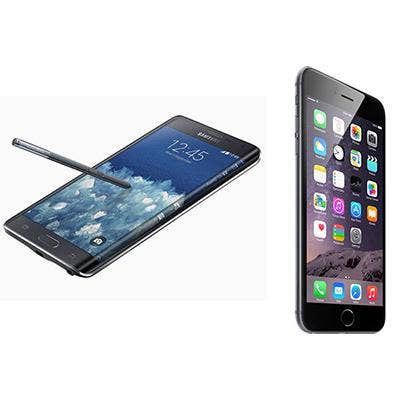
Samsung Tightens Grip On Smartphone Crown
While Apple loomed ominously behind Samsung's 2014 holiday-quarter smartphone shipments by a mere 200,000 units, Samsung again took back its strong lead in the first quarter of 2015, according to a report released Wednesday by market research firm IDC.
However, it was a bittersweet victory for the South Korea-based company as Samsung's first-quarter year-over-year market share dipped 7 percent while other vendors surged upward in the mobile space. Overall, the smartphone market grew 16 percent in the first quarter from the same period last year, said IDC, with 336 million units shipped globally in total.
Following are the top five vendors in the smartphone market for the first quarter of 2015.
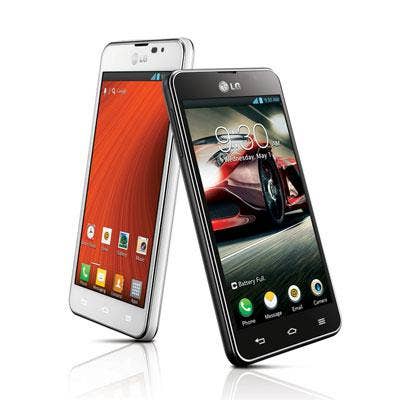
5. LG Electronics
While Chinese manufacturer Xiaomi snagged the fifth-place spot for the top smartphone vendors in the fourth quarter of 2014, LG regained its fifth-place spot in the 2015 first quarter with a 4.6 percent share.
The company sold 15.4 million units in the first quarter, achieving 25.3 percent growth from the same period last year.
IDC analysts attributed LG's success to its focus on promoting entry-level 4G-enabled devices, as well as the diversity of its portfolio in terms of price, features and design. The Seoul, South Korea, company also pushed its L-series, which offers G3 features with lower specs and prices, in emerging and developed markets.
Also popular was LG's G Flex 2, a curved 5.5-inch smartphone running on Android Lollipop that was unveiled at this year's Consumer Electronics Show.
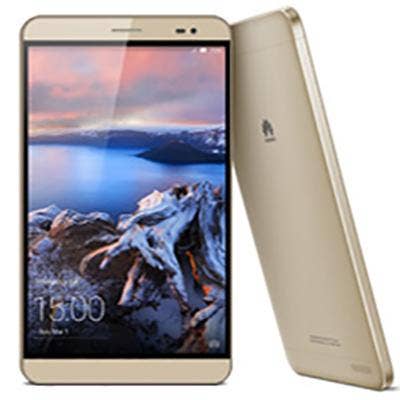
4. Huawei
Chinese smartphone company Huawei retained its No. 4 spot from the fourth quarter of 2014, reeling in 5 percent smartphone market share, a 26 percent increase from the same quarter in the previous year.
The company sold 17 million smartphones, particularly successful in China where its midrange and high-end smartphone models are still popular despite pressure from Apple and Samsung. According to IDC, Huawei's midrange and high-end smartphones accounted for one-third of its smartphone shipments in the first quarter.
Huawei's premium Android devices in its metallic P-series and affordable Honor portfolios pushed the vendor's popularity in the first quarter, as well as its low-cost Y-series devices.
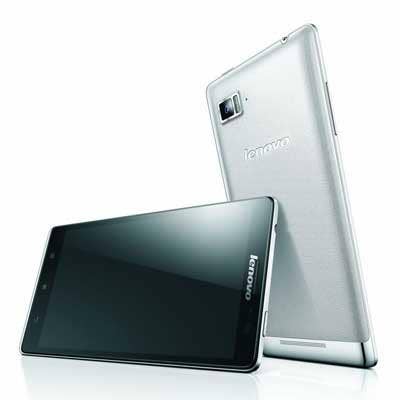
3. Lenovo
Lenovo was the third-place smartphone vendor in the first quarter of 2015 with 5.6 percent market share. The company's market share grew a staggering 49.2 percent from the same quarter a year ago.
Lenovo shipped 18.8 million smartphone units in the first quarter, proving that its 2014 Motorola acquisition is "paying off nicely," according to IDC. "Lenovo has strategically positioned both brands and the coinciding models in the proper markets to maximize brand awareness and global reach," according to IDC's release.
Lenovo is also beginning to focus beyond the low-end market with the release of premium-built handsets like P90, Vibe X2 Pro and Vibe Shot.
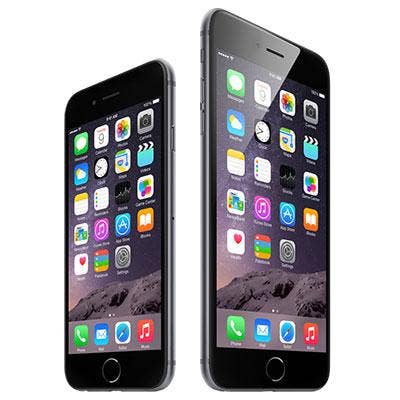
2. Apple
While Cupertino, Calif.-based Apple posted strong earnings for the first quarter, its smartphone shipments did not trail as closely behind the first-place smartphone vendor spot as they previously had in the fourth quarter of 2014.
The company shipped 61 million units and retained 18.2 percent market share in the first quarter of 2015, up 40 percent from the same period a year ago. Its larger-screened iPhone 6 and iPhone 6 Plus continue to help boost the company's success.
In addition, Apple's efforts in the Greater China area propelled the company, due to rapid 4G adoption, Apple retail expansion and an increased appetite for premium devices. In emerging markets, meanwhile, iPhone sales grew 63 percent.
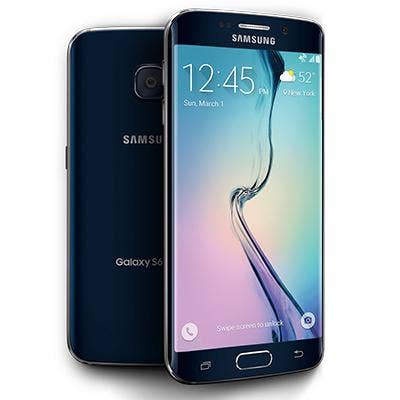
1. Samsung
Samsung remained the smartphone market vendor leader in the first quarter of 2015, with 24.5 percent market share and 82 million devices shipped. However, this share declined 7 percent from the same period a year ago, leaving a bitter taste in the South Korea smartphone vendor's mouth.
The continued success of the popular Galaxy S series helped drive shipments, particularly in regions such as Southeast Asia, the Middle East and Africa. Samsung also capitalized on its streamlined portfolio of devices, such as the slim, lightweight A-series, which contained metal-bodied phones that appealed to the midtier market.
According to IDC, Samsung's recently released Galaxy S6 and Galaxy S6 Edge will help the company continue to combat Apple and its own declining market share in the next quarter.